Rise of the mutant weed: weeds and herbicide resistance
Lessons
# Weeds and herbicide action
Students complete this chart to learn the classes of herbicides and how they work to inhibit weeds. For a comprehensive discussion of herbicide action and weed resistance, see Understanding herbicide resistance.
Files
# Discover the unknown weed
Students use basic bioinformatic tools to search for the source of resistance as well as identify the species of pigweed using a DNA library.
Files
Teacher background
Weeds are simply unwanted plants. In commodity agriculture, the goal is to keep competition for space, water, and sunlight from unwanted plants at a minimum. How does a farmer do that? She might use an herbicide, a specific pesticide that is targeted to kill a plant that is unwanted. There are many herbicides with multiple modes of action. Herbicides often disrupt important physiological processes within the plant (photosynthesis, amino acid biosynthesis, etc) by attacking specific molecules or target sites in the plant, which end up killing the weed. In some cases, mutations at these target sites have allowed pigweeds to escape the full effects of herbicides. Several mutations within the genome have been linked to herbicide resistance in waterhemp and Palmer amaranth. Once mechanisms for herbicide resistance are found, rapidly identifying and eradicating pigweed populations carrying those traits becomes critical to reduce further spread of mutant pigweeds.
This activity provides an introduction into one herbicide (PPO-inhibitors) and the mutation (ΔG210) that allows waterhemp and pigweed to be resistant. Participants will learn to use basic bioinformatic tools to search for the mutation as well as identify the species of pigweed using a DNA library.
Learn more about this particular type of herbicide resistance.
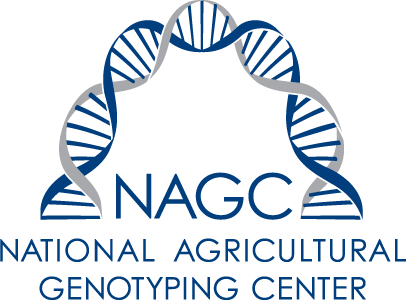
Next gen science standards
Science and engineering practices
- Asking questions (for science) and defining problems (for engineering)
- Analyzing and interpreting data
- Engaging in argument from evidence
- Obtaining, evaluating, and communicating information
Crosscutting concepts
- Patterns
- Cause and effect
- Stability and change
Disciplinary core ideas/content
- ESS2A Earth materials and systems
- ESS2E Biogeology
- ESS3C Human impacts on Earth systems
- LS1B Growth and development of organisms
- LS1D Information processing
- LS3B Variations of traits
- ETS1B Developing possible solutions
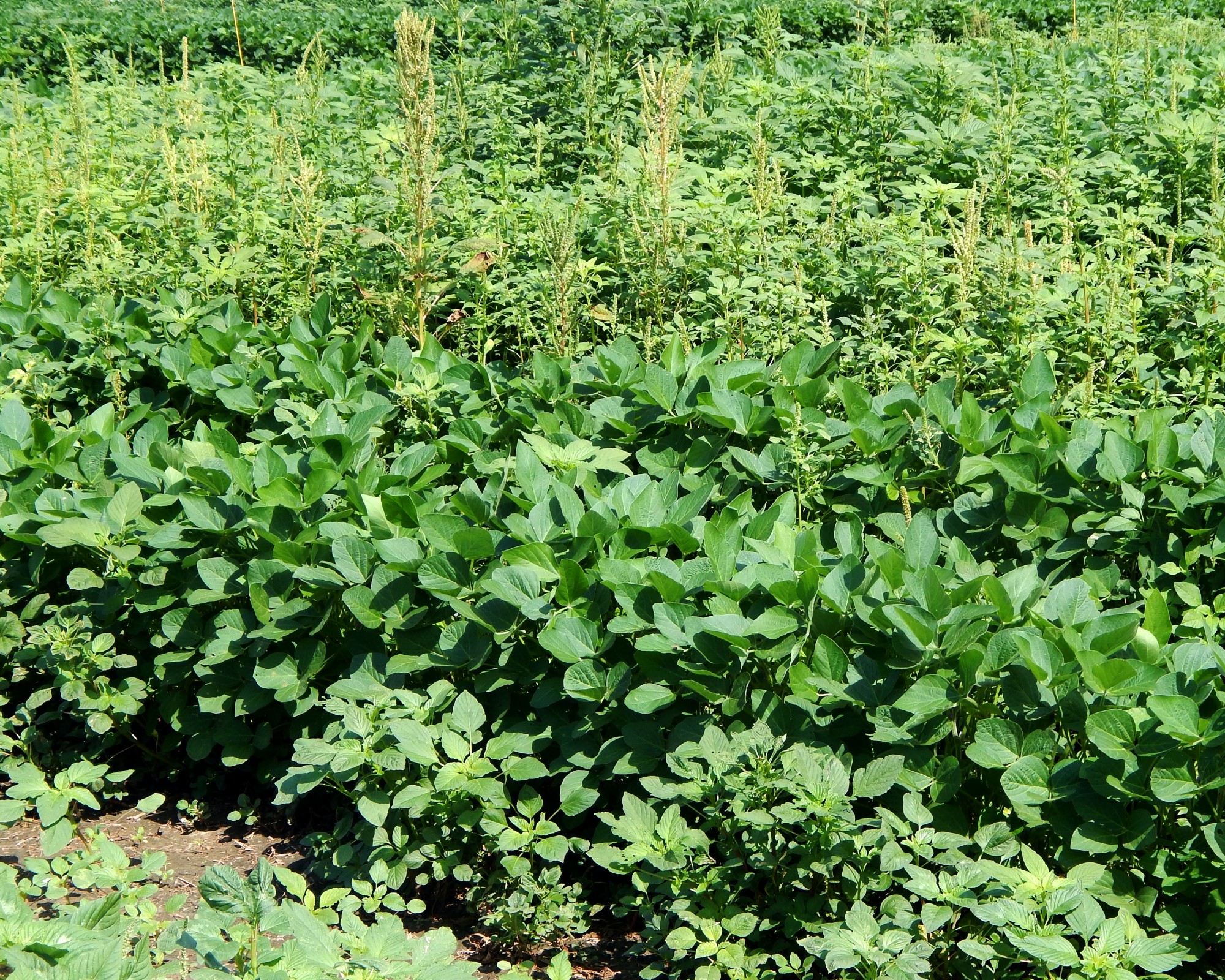


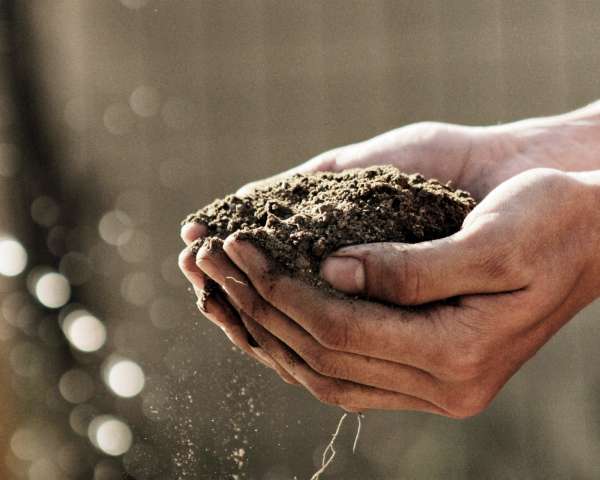
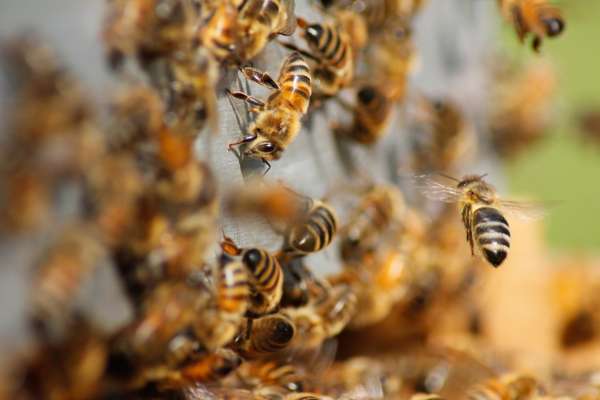

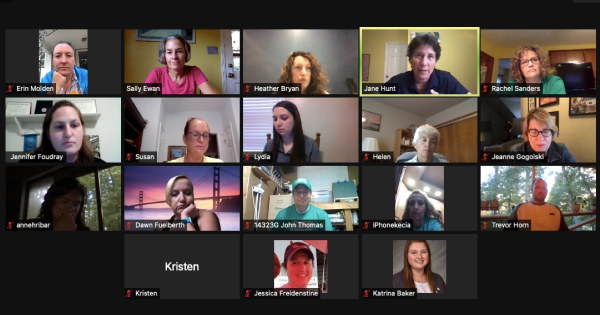
Share this